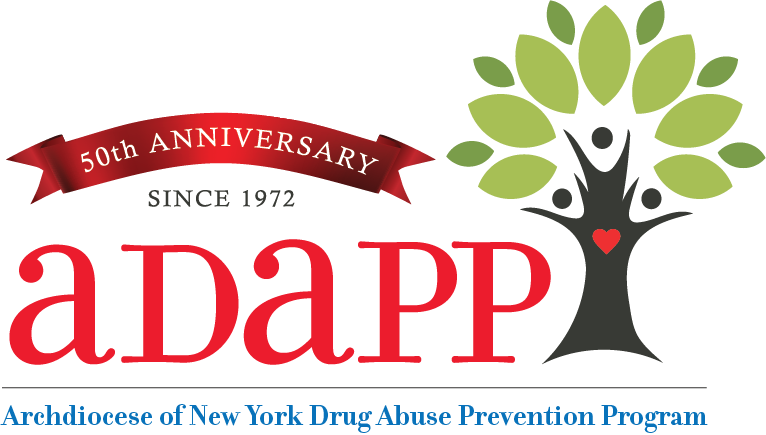Substance abuse and violence prevention efforts must focus on social and emotional wellness. Research suggests social and emotional wellness contributes to success in school and in the workplace.
The Collaborative for Academic, Social, and Emotional Learning www.casel.org identifies the components of social and emotional wellness as: Self-awareness; recognizing one’s emotions and values as well as one’s strengths and limitations, Self-management; managing emotions and behaviors to achieve one’s goals, Social awareness; showing understanding and empathy for others, relationship skills; forming positive relationships, working in teams, dealing effectively with conflict and Responsible Decision-making, making ethical, constructive choices about personal and social behavior.
Parents and schools working together can promote positive emotional wellness in youth.
CDC provides information about School Connectedness, an important protective factor. Students who feel connected to their school are also more likely to have better academic achievement, have better school attendance, stay in school longer and avoid high risk behaviors.
Below is information for Parents, Teachers and Administrators.
-
School Connectedness Helps Students Thrive
School connectedness is when students feel that adults and peers in school care about their learning as well as about them as individuals. This includes a sense of being cared for, being supported, and belonging at school. -
What Schools Can Do
Schools play a critical role in promoting students’ health and development by creating environments where all students feel that they are cared for, supported, and belong.




